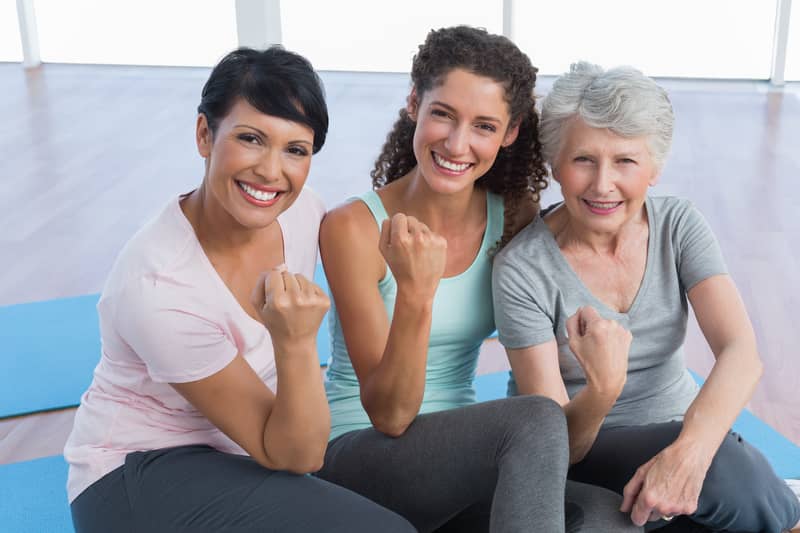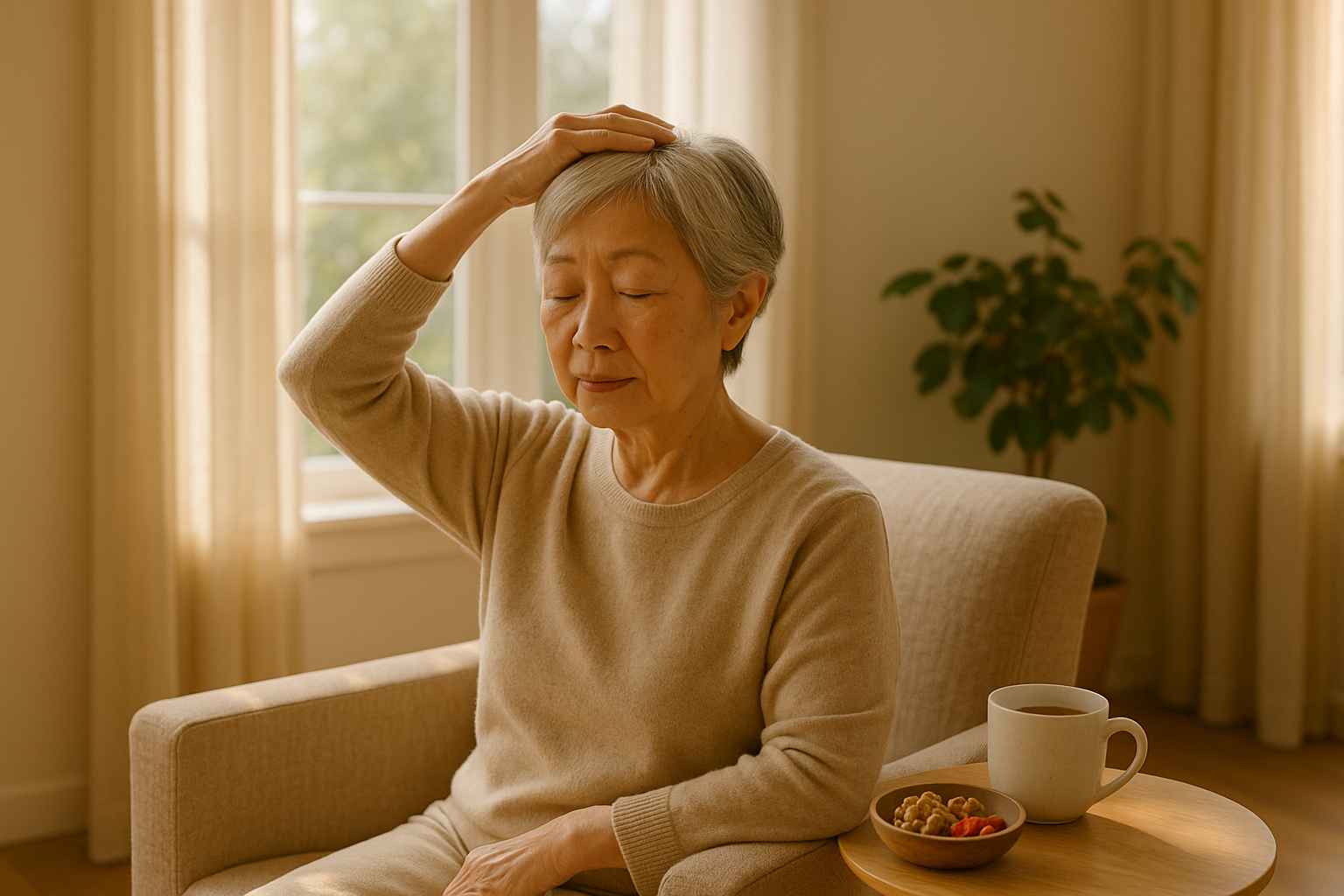If you’ve explored Traditional Chinese Medicine (TCM) for skincare, you’re probably familiar with gua sha tools. While gua sha plates and gua sha rollers are both popular, they serve different purposes and offer unique benefits. Understanding these differences can help you choose the right tool and make the most of your gua sha routine. For more general insights on gua sha, visit our gua sha basic guide.
What Makes Gua Sha Rollers Different from Gua Sha Plates?
- Pressure and Intensity: Gua sha plates allow for deeper, more targeted pressure, ideal for addressing muscle tension and stimulating blood flow. Rollers, on the other hand, provide a lighter, more even pressure, perfect for soothing the skin and reducing puffiness.
- Purpose: Plates are often used for therapeutic purposes, focusing on tension release and improving circulation. Rollers excel in daily skincare routines, promoting product absorption and lymphatic drainage.
- Ease of Use: Plates require skill and precision to avoid overworking the skin, while rollers are beginner-friendly and ideal for a quick, relaxing routine.
- Skin Impact: Plates can be intense for sensitive skin, but rollers are gentler, making them suitable for individuals prone to redness or irritation.
According to Ms. Mai Sogawa, a senior TCM therapist, “The jade roller is gentler on the skin, making it a good option for beginners. Since it causes less friction, it can be used even when you can’t apply oil, such as after makeup. The roller is easy to hold and maneuver, so it’s recommended when you want to relax or incorporate it into a simple daily skincare routine. On the other hand, if you want to define facial contours more clearly or relax deeper muscles and experience more noticeable effects, Gua Sha is recommended.”
In this article, we’ll focus on gua sha rollers—how to use them for facial care and maximize their gentle yet effective benefits.
Start with a Clean Face and Roller
Before beginning, cleanse your face to remove impurities and ensure smooth roller movement. A clean gua sha roller is equally essential for a safe, hygienic experience.
Tips:
- Use a mild cleanser and pat your face dry.
- Sanitize the roller with soap and water before use.
Apply a Facial Oil or Serum
Facial oil or serum enhances the glide and prevents skin tugging. Select products suitable for your skin type, like rosehip oil for hydration or jojoba oil for balancing.
Tips:
- Warm the product between your hands before applying.
- Focus on even coverage, especially in areas you’ll massage.
Begin at the Neck
Starting at the neck promotes lymphatic drainage and encourages fluid movement. Using the larger side of the roller, glide upward from the collarbone to the jawline.
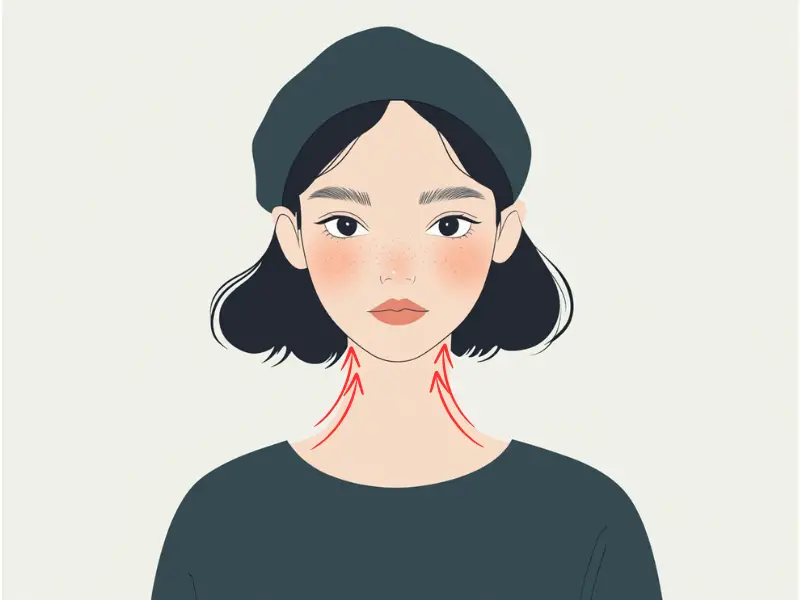
Technique:
- Perform 5–10 upward strokes in each section.
- Maintain gentle pressure to avoid irritation.
Ms. Mai Sogawa also notes, “Releasing tension in the facial muscles can help improve wrinkles and sagging. For the muscles around the eyes, nasolabial folds, and the masseter muscles, use the Gua Sha in small, vibrating motions. For the neck, glide the Gua Sha tool downwards towards the collarbone to help drain waste products.”
Define the Jawline
Roll under your chin and along the jawline toward your ears. This helps reduce puffiness and define the jawline.

Technique:
- Use outward strokes for a lifting effect.
- Keep strokes consistent for a sculpted look.
Revitalize the Cheeks
Cheeks often display signs of fatigue. Use the larger side of the roller to massage from the nose outward toward the temples.

Technique:
- Apply medium pressure to boost circulation.
- Roll each section 5–10 times for a radiant finish.
Lift the Brows
Targeting the brow area helps release tension and minimize fine lines. Use the small side of the roller to glide upward from the brows to the hairline.
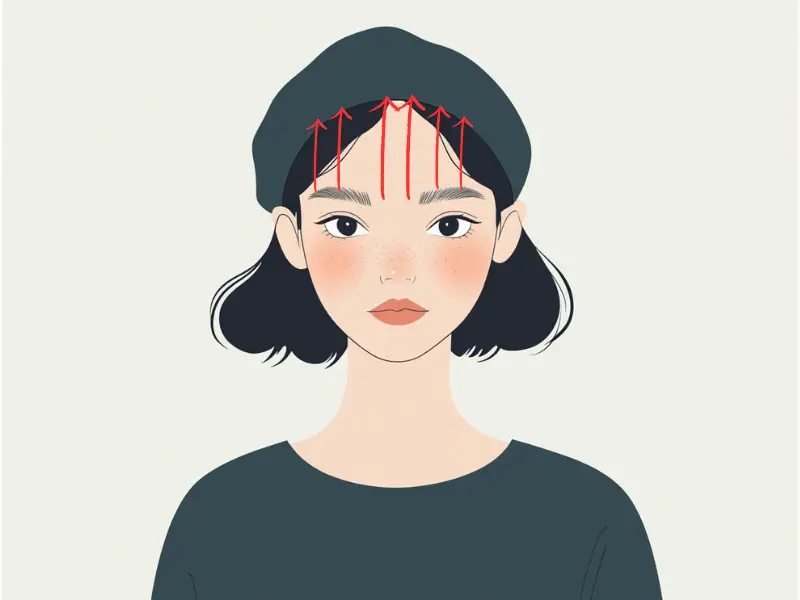
Technique:
- Focus on short, upward strokes.
- Avoid rolling directly over the eyelids.
De-Puff the Eyes
The delicate eye area benefits from light, soothing strokes. Use the small end of the roller, moving from the inner corner of the eye outward to the temple.
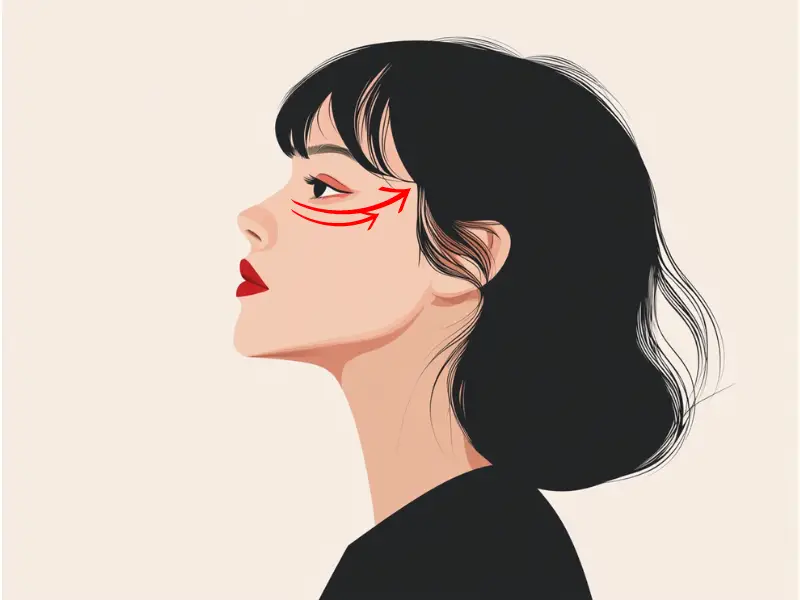
Tips:
- Cool the roller before use to enhance the de-puffing effect.
- Use minimal pressure to protect sensitive skin.
Smooth the Forehead
For the forehead, start at the center and roll outward toward the temples. Then, roll upward from the brows to the hairline to firm the area.

Technique:
- Roll each section 5–10 times.
- Maintain even pressure for smooth results.
Clean and Store Your Roller
After use, clean your gua sha roller with warm water and gentle soap. Dry it thoroughly and store it in a cool, dry place.
Tips:
- Regular cleaning prevents bacteria buildup.
- Storing in the refrigerator adds a cooling effect during use.
By understanding the differences between gua sha plates and rollers, and mastering these step-by-step techniques, you’ll unlock the full potential of gua sha rollers. Ready to dive deeper into gua sha methods? Don’t forget to visit our gua sha basic guide.

Try our Anti-Aging Gua Sha Tool designed to bring out your skin’s natural glow.
Best Gua Sha Product- Anti-Aging: The tool is designed to target 11 specific aging signs such as wrinkles and sagging skin. By following the 7-step routine, users can improve skin firmness and reduce fine lines naturally.
- Enhances Skincare Routine: It works effectively with serums and lotions, boosting absorption and efficacy of skincare products.
- Visible Skin Improvement: Users can expect a smoother complexion, reduced puffiness, and a more youthful appearance.
 P. Sze
P. Sze 



